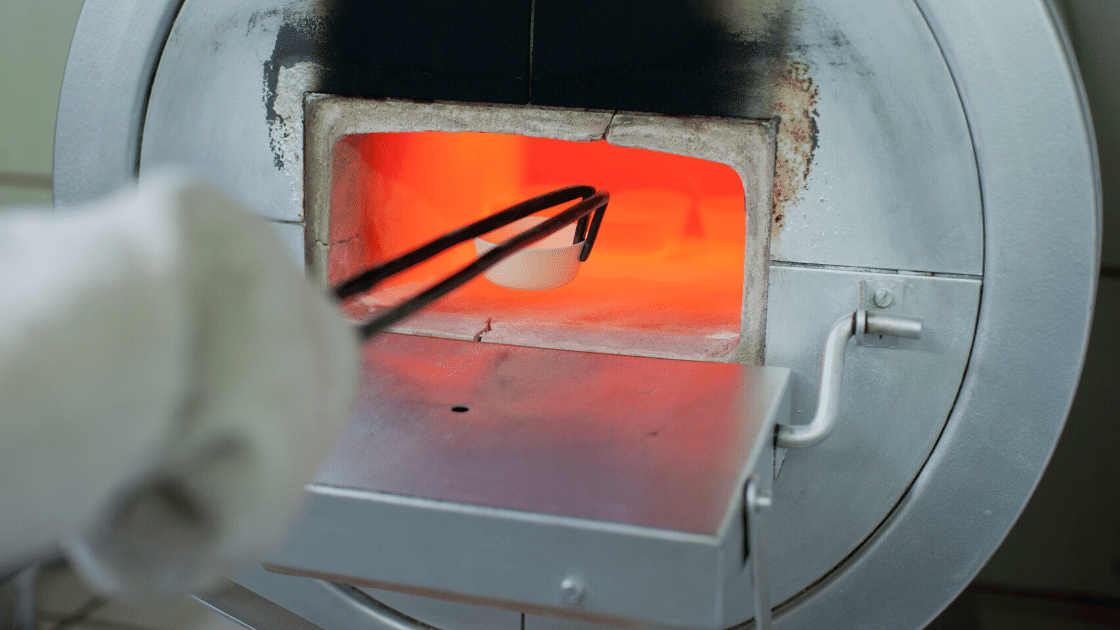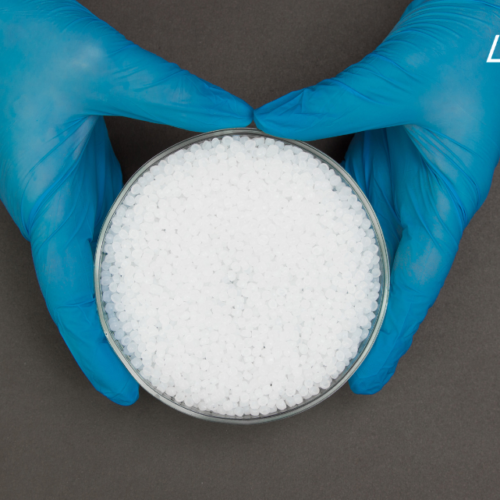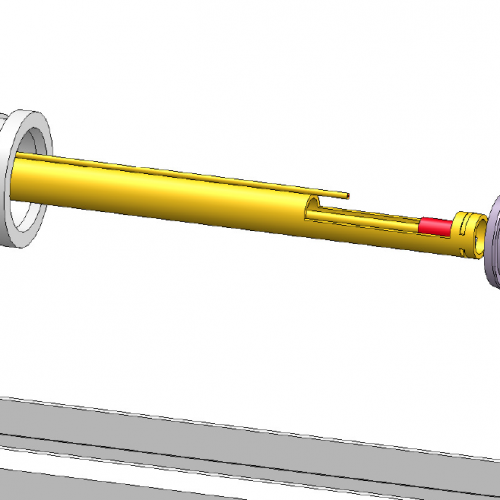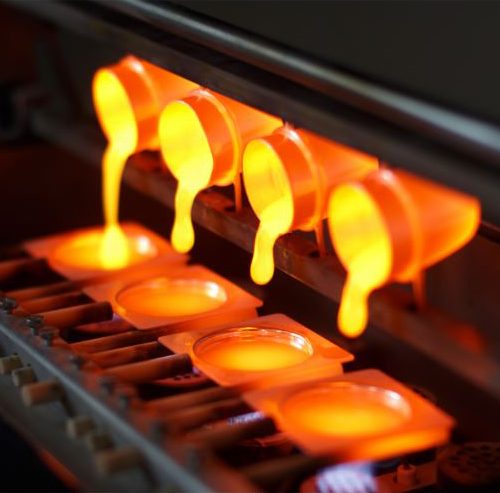Rate Controlled Sintering (RCS)

Rate Control Sintering (RCS) is a specialized sintering technique that can be achieved with Linseis dilatometers. RCS investigations are generally microstructural goal driven and are accompanied with microstructural investigations. Many involve combinations of achieving lowering sintering temperature, and improving grain size while increasing density.
Slowing the sintering rate can slow grain boundry mobility and lower pore entrapment. Pores trapped inside a grain are generally undesirable and have little chance of being removed even with addional heating. Most RCS studies will also be coupled with microscopy to understand how the RCS heating cycle changed the microstructure of the materials.
Sintering rates are not linear with time and temperature during heating. RCS is used to linearizing the sintering rate by adjusting the heating rate to achieve a targeted sintering rate. Changing the sintering rate will influence microstructural development
Sintering processes are controlled by competing thermally activated bulk grain boundry and surface diffusion processes to name a few. All of these processes use up sintering driving force and a select few like bulk and grain boundard diffusion help remove porosity and densify the material. Many of the others only increase grain size without assisting in densification. Investigators exploring RCS usually have a working sintering model for a constant heating rate and understand the diffusion process in the material controlling sintering.




